AARP Hearing Center

By the end of 2024, nearly 9 in 10 Americans age 65 or older were collecting Social Security.
Those payments account for at least half the income of close to 24 million older adults as of June 2025 — more than 40 percent of Social Security recipients age 65 and over— according to the Social Security Administration (SSA). Retired workers on average receive $2,005 a month, about $24,000 a year, so personal savings and workplace pensions built up through the years often augment that money.
But for an estimated 12 percent of men and 15 percent of women, nearly all the cash they need to keep a roof over their heads comes from Social Security. Now these recipients are worried because of all the recent news about Social Security:
- Staff cuts
- Spending cuts
- Others’ access to data
- Restrictions for benefit filing by phone
- Clawing back benefit overpayments
When Lee Bliven got his first check, “I didn’t have to worry about getting food on the table or paying a bill,” says the 74-year-old, now living in Eugene, Oregon. He had been surviving on ramen noodles with his chronically ill wife.
Social Security beneficiaries point out that they are not getting charity but money they have been contributing from every paycheck.
“I’ve been paying into the system since I was 16,” says Dale Marshall, 66, of rural Charles County, Maryland. Her first job was at the former fast-food chain Burger Chef.
Whether from a medical emergency, late-in-life bankruptcy or the pandemic economy, many Americans who have worked all their lives find themselves dependent on the program in their most vulnerable years. These are their stories.
- Medical crises before retirement drained their savings.
- Family caregiving demanded quitting her high-paying job.
- The Great Recession killed her 40-year-old business.
- Because she’s older, she expected to need care, not give it.
- He thought he’d work until 70, but the pandemic had other plans.
Medical crises led to bankruptcy, loss of retirement savings

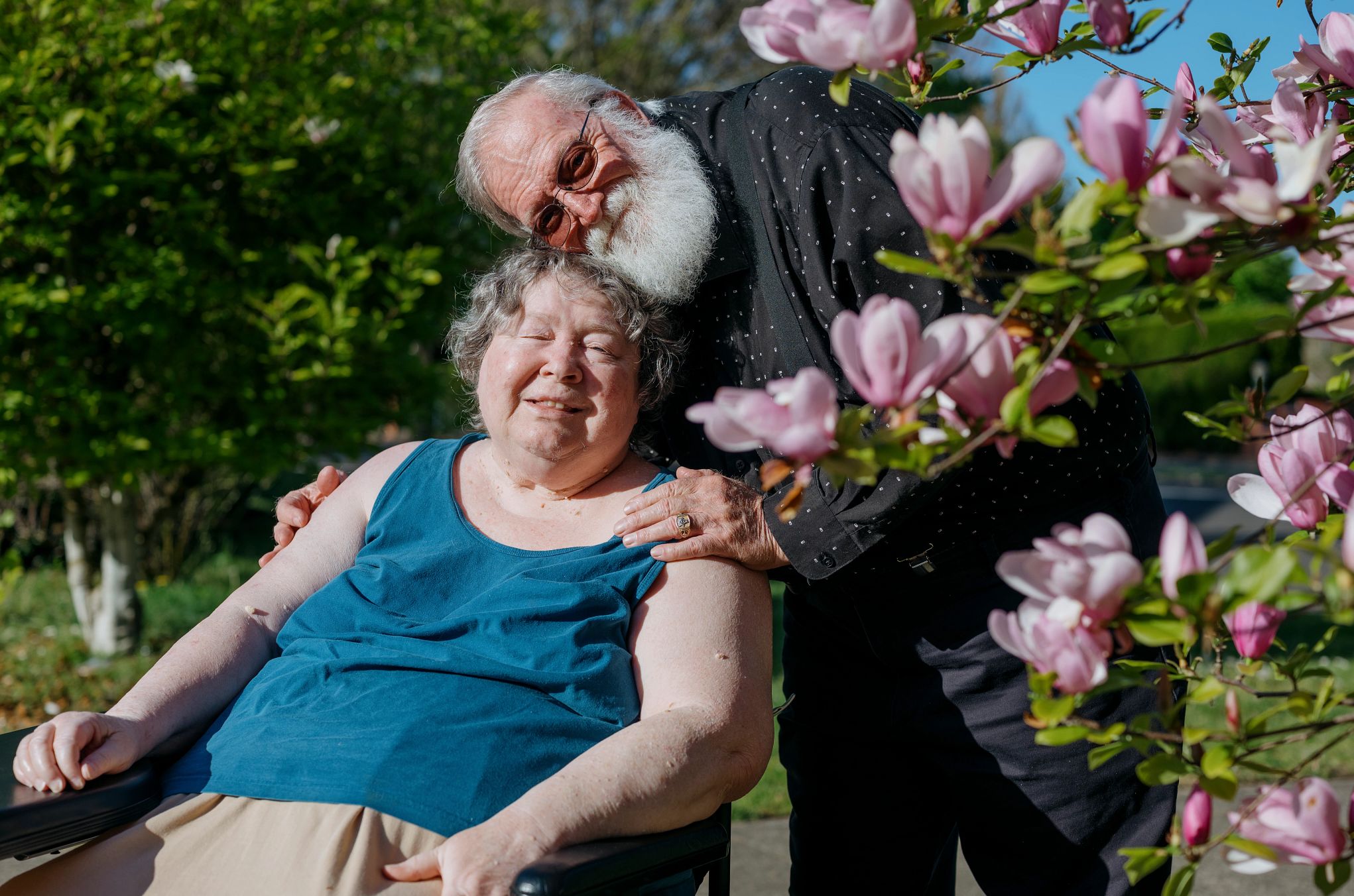
Lee Bliven II, 74, and Susan Bliven, 72, Eugene, Oregon
- Career: Owned a business digging water wells
- Retirement: Ages 62 and 50
- Monthly income: $3,032 from Social Security
A medical emergency sent Lee Bliven and his wife, Susan, into bankruptcy and his unexpected retirement at 62.
His first thought upon getting Social Security: “I’m safe now.”
Lee had been paying Social Security taxes since he was a young U.S. Forest Service firefighter tackling wildfires from Canada to Mexico. After he married, his father-in-law suggested he work for a water-well drilling company. Eventually, he started his own business.
Join Our Fight to Protect Social Security
You’ve worked hard and paid into Social Security with every paycheck. Here’s what you can do to help keep Social Security strong:
- Add your name and pledge to protect Social Security.
- Find out how AARP is fighting to keep Social Security strong.
- Get expert advice on Social Security benefits and answers to common questions.
- AARP is your fierce defender on the issues that matter to people 50-plus. Become a member or renew your membership today.
Susan earned master’s degrees in family therapy and special education, and they raised two children in a home they owned.
Back then, Social Security was “just another tax coming out of my paycheck, making my paycheck smaller,” Lee says. “I always thought it was for old people.”
In 2001, when Susan was hospitalized with appendicitis, doctors discovered multiple benign tumors in her abdomen. Operations over the next 16 years to extract more tumors included four surgeries to remove one wrapped around her spinal cord. That left her partially paralyzed with vascular dementia.
Complications from diabetes, fibromyalgia and rheumatoid arthritis mounted. The Blivens thought they had good health insurance, but medical bills grew to an astronomical $2 million.
“We were putting money away, and I thought we were going to have a nice retirement,” Lee says.
They lost their house and savings. He says the stress of trying to manage Susan’s care, his job and bankruptcy gave him a heart attack at 60.
In 2013, Lee began receiving Social Security, and eventually they moved to Eugene, where their children live. Their combined income covers rent, utilities and groceries. Most important, Lee says, it allows him to care for Susan in their wheelchair-friendly, two-bedroom apartment, about 100 miles south of Portland.
Lee hasn’t forgotten having to choose between paying for prescriptions and rent, nor the ordeals Susan experienced in rehab — including a stay where she was left sitting in her own waste after a bout of food poisoning — so he dedicates himself to helping others in similar crises.
When his volunteer work takes him to area senior centers, he finds the discussion turns to Social Security. The parents and grandparents of today’s beneficiaries never had to worry about cuts to their Social Security checks.
Now, “it’s just downright scary,” he says. “If they change Social Security and start making it harder for people [who] are not rich, we’re going to lose a lot of people.”
Her career was soaring. Then her mother got Alzheimer’s

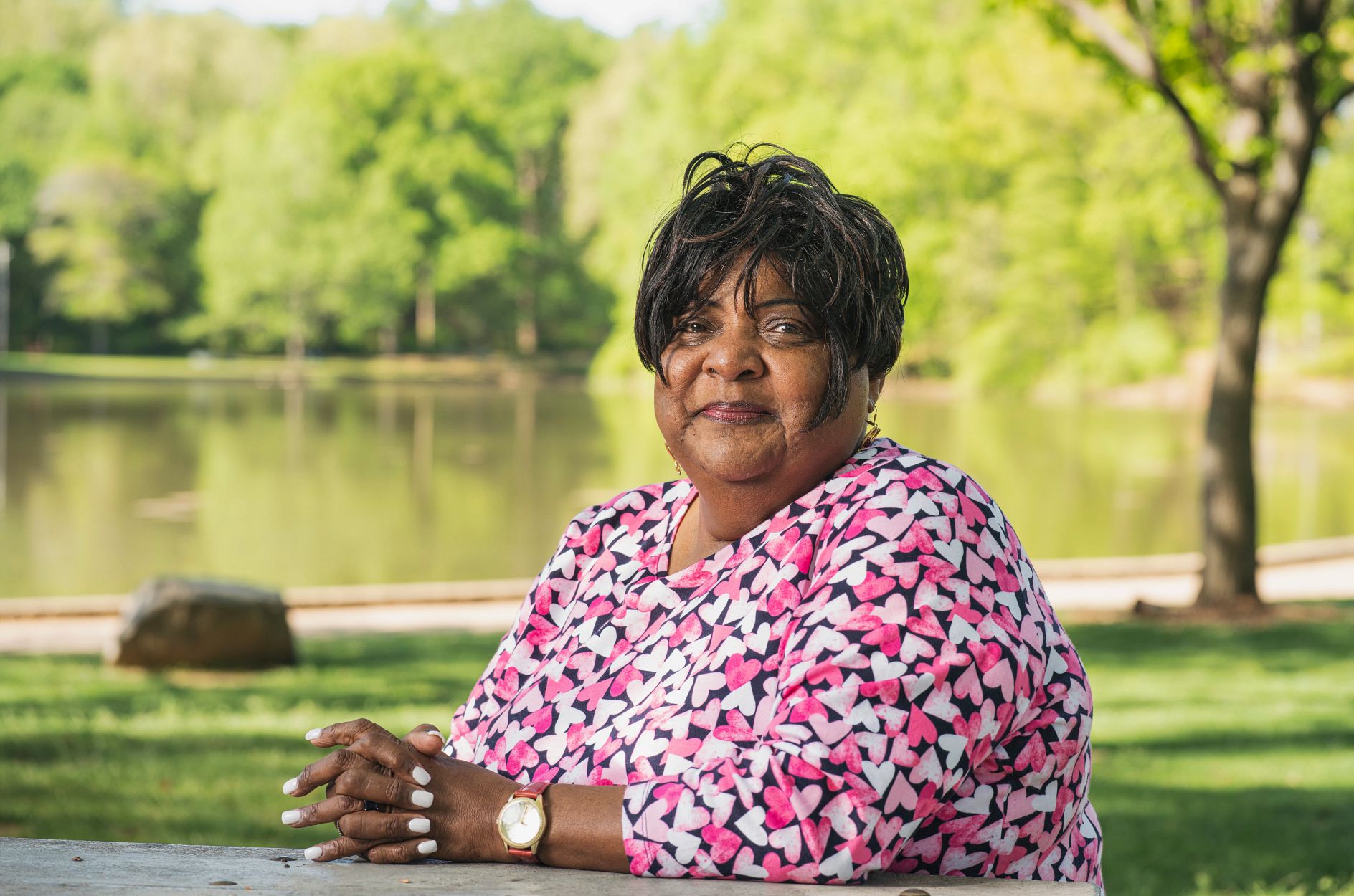
Dale Marshall, 66, rural Charles County, Maryland
- Career: Former computer software consultant
- Retirement: 65
- Monthly income: About $2,000 from Social Security
In 2000, Dale Marshall was working in Colorado, testing software and checking health care records to ensure that patient data hadn’t been lost as the new millennium dawned.
Then she received a call: Her 61-year-old mother was diagnosed with Alzheimer’s. Her mom needed help, and the older woman was a caregiver for her younger sister, 57, who had sustained brain damage in childhood.































































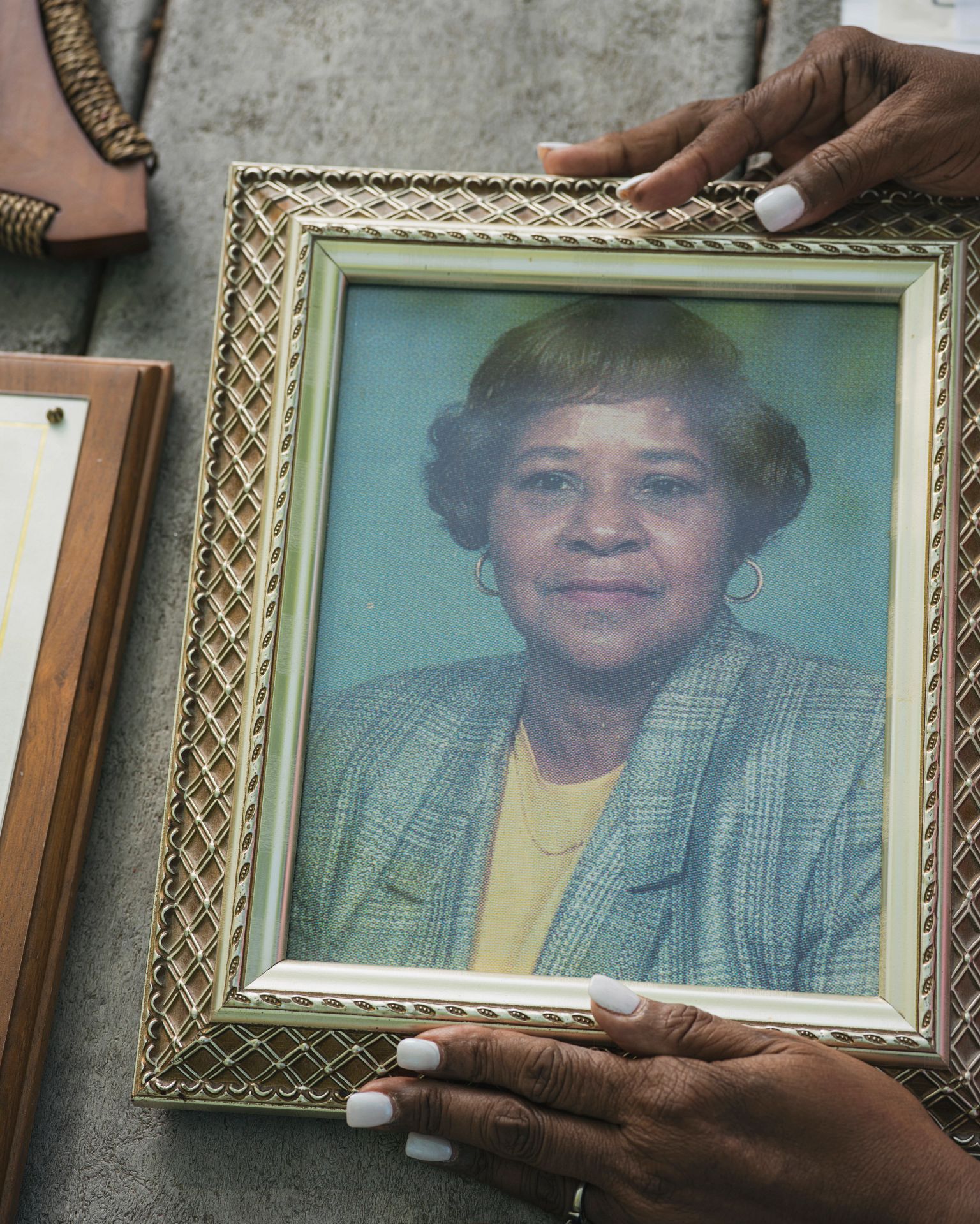
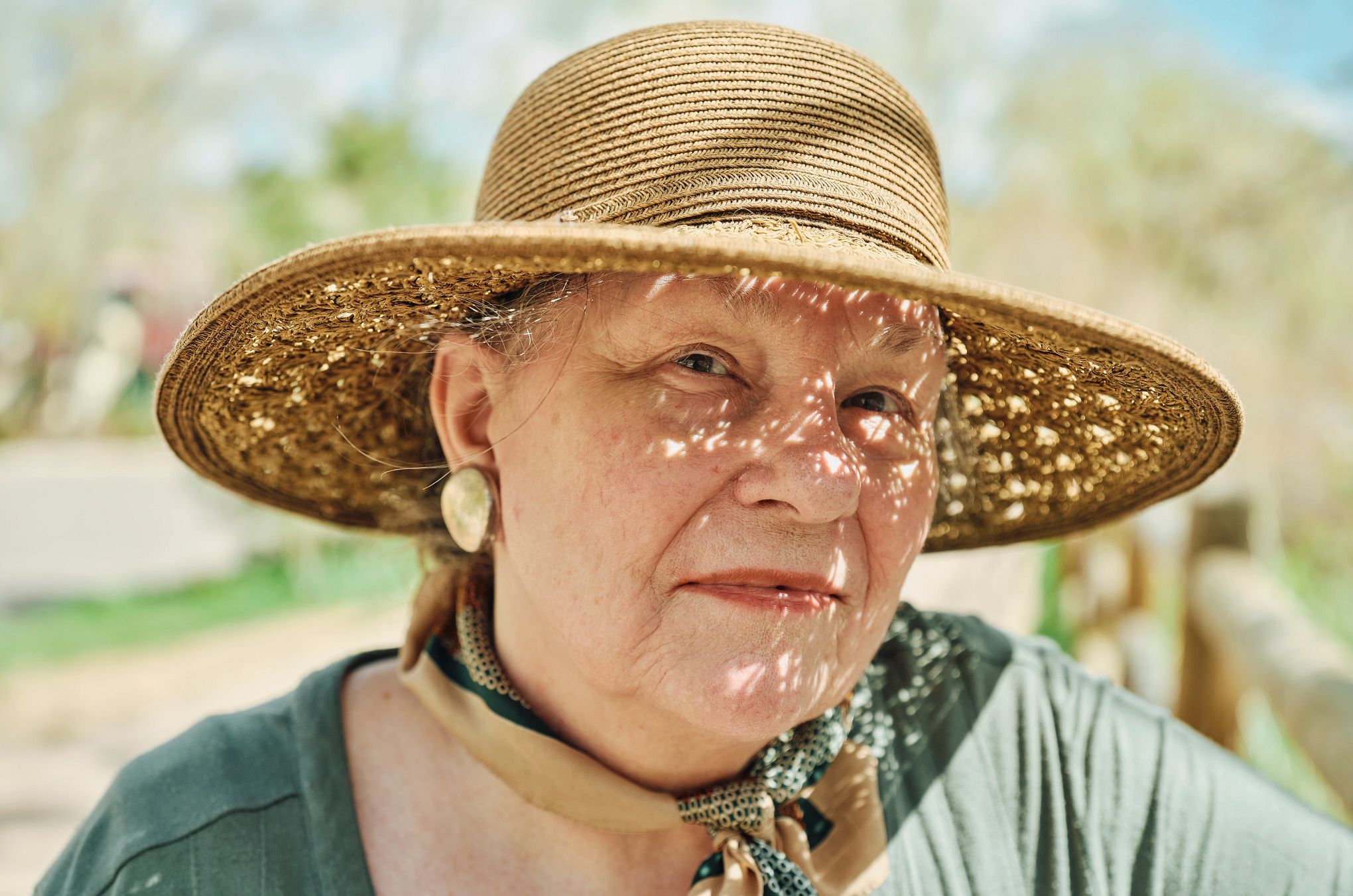



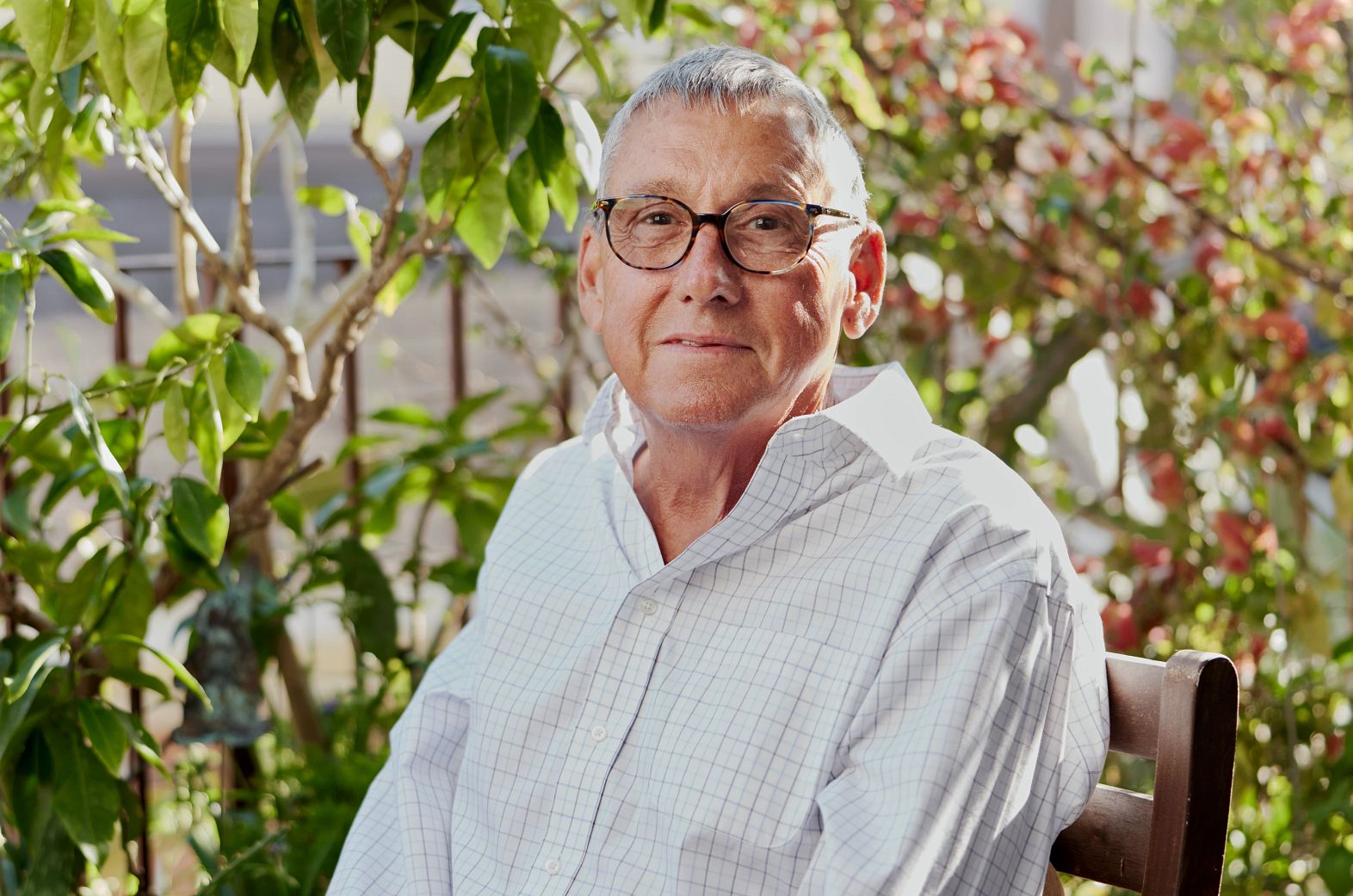

More From AARP
How Social Security and Medicare Changed Aging
Historic programs transformed the financial and health care landscape for older Americans
Social Security Changes Spark Customer Concerns
Staff cuts at offices raise concerns about quality of service and impact on benefits
9 Tips and Tricks for Navigating Social Security and Medicare
Get the assistance and coverage you need